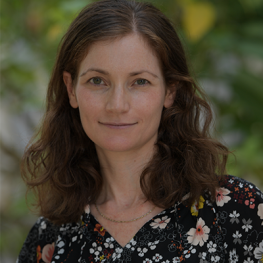Sabbatai Tzvi: Man, Messiah, and Living Myth
Online
Zoom link to be provided
Password required
Sabbatianism—the movement that evolved around the figure of Sabbatai Tzvi—is considered the largest and most impactful messianic phenomenon in Jewish history. This talk will explore the metamorphosis of Tzvi’s historical and sacred image through cross-cultural interactions between Jews and Muslims in Ottoman society. We will begin with the scandalous events of the movement’s heyday in the mid-seventeenth century, and end with its late peculiar offshoot in the twentieth century.
About the “Messiahs and Messianism” Series
Messianism in Jewish life has long been seen as both dynamic and threatening. But just who or what was a messiah in the eyes of Jews in antiquity? Did a messianic movement always stand in tension with normative Judaism? How were such figures received by non-Jews, and what traditions did Jews draw on for messianic narratives? This series delves into the history of Jewish messianic actors and thinkers, including famous and less familiar figures, from the first through the nineteenth centuries.
About the image above: Illustration from Account of a Journey from Venice to Palestine, Mount Sinai and Egypt (German, ca. 1467), British Library, Egerton 1900, courtesy of PublicDomainReview.org.
Featuring
Hadar Feldman Samet
Tel Aviv University
Hadar Feldman Samet is a senior lecturer at Tel Aviv University’s department of Jewish History, where she teaches the history of Jews in Muslim contexts. Since completing her doctorate at the Hebrew University in 2018, she has held several postdoctoral fellowships, including at Katz Center, as a Harry Starr fellowship at Harvard University, and at the Scholion Interdisciplinary Research Center at the Hebrew University. Her research focuses on Jewish life in the Eastern Mediterranean Muslim world, particularly of the Sephardi diaspora in Ottoman society. She studies the entangled histories of Jews and Muslims, interfaith encounters, the relation between daily life and revolutionary practices, and how expressive culture and performative dimensions of historical phenomena—primarily music and embodied devotional practices—reveal diverse and multifaceted representations of people of the past.
Cosponsors
We gratefully acknowledge the support of the Klatt Family and the Harry Stern Family Foundation.
